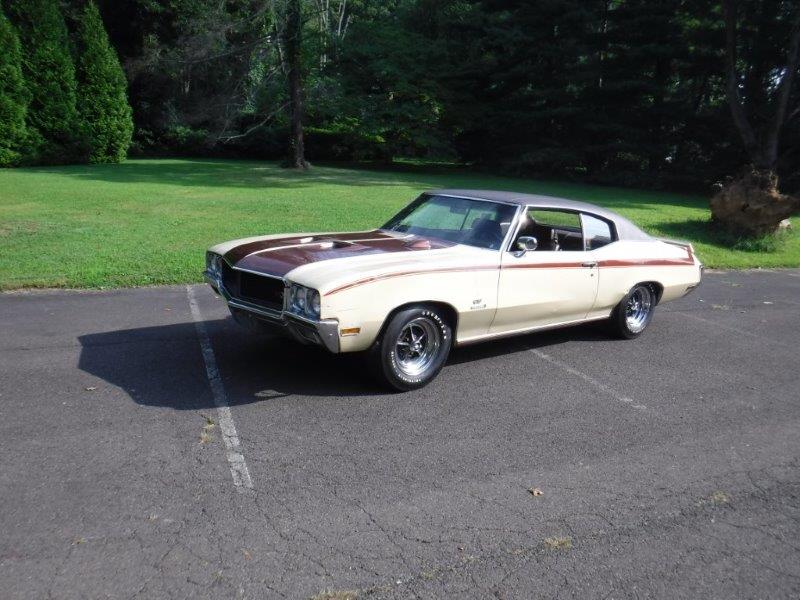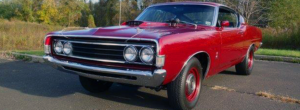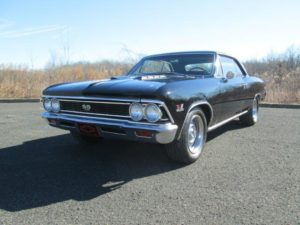What factors may influence a classic collector’s car value
Collecting classic cars can be an exhilarating hobby, but if you’re hoping to turn collecting into trading for profit, it can also be a risky one. There are many factors that affect the value of a collector’s car, and here at JD’s Auto Repair, we’re going to outline some of the basics and dispel some common myths that will give you a sure footing when it comes to valuing classic cars!
Rarity does not equal value!
It seems quite logical that increased value would directly correlate to the rarity of a car – after all, scarcity drives up the price of commodities such as gold and oil. However, when car models are rare, it’s more likely than not that they didn’t sell because people weren’t interested in buying them in the first place. It’s important to therefore evaluate whether that vehicle would seem desirable now, or whether the current trends in classic car design still make this rare model a no-go. If current trends have changed enough to make that vehicle desirable now, you may be onto a winner, but otherwise it would be good to look elsewhere!
Market trends can dictate value
Just like with the fashion industry, which classic cars are hot, and which are not, is always changing. So, it’s important to recognize this and act accordingly. Maybe that 1974 Pontiac GTO will be worth twice as much in 5 years’ time once it becomes a trendier model. Being able to predict where the market is going is of course like having a gasoline-fueled sixth sense, but if you knuckle down and do your research, it could certainly pay off!
Don’t be too concerned with condition
Some people assume that small scratches, nicks, and general wear and tear will significantly affect the value of a car, and for those who’re not so well versed in the song and dance of classic car salesmanship, buyers may exploit this lack of knowledge to significantly knock the price down. But it should be noted that minor aesthetic wear and tear should not affect the value of the vehicle. A much more informed buyer would likely know that the history of the vehicle, including paperwork and documentation, adds much more value than aesthetic condition as in the world of classic cars, the story behind the vehicle is often what is highly valued.
Investing money won’t increase worth
Beginner collectors often buy a used classic car and then spend huge amounts on restorations only to then find that the increase in value is minimal to say the least. This is often because buyers are looking for an original car – one that drives and handles like it’s got a history behind it, not like it’s a fuel-injected modern car in classic car clothing! Knowing what buyers are looking for is very important, and often this equates to make and model, as well as the documentation and history of a car which give it its character. These are the cars that are likely to fetch the highest value.
Knowing where to start with valuing classic cars is important if you want to avoid spending huge sums of cash for little of no return or being taken for a ride when it comes to negotiating a price. By following these simple first steps in understanding what influences the value of a classic car, you can be sure to get a good return on investment and navigate what is a tricky yet potentially lucrative market!




